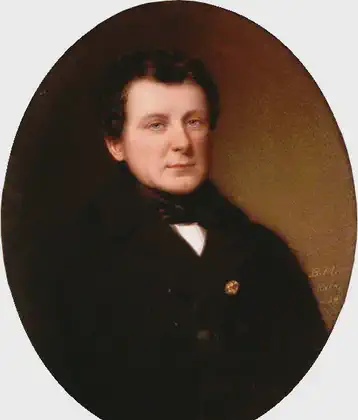On July 05, 1847 in Celtic History
Final run of the edinburgh to london mail coach

The final run of the Edinburgh to London mail coach took place on July 26, 1842. This event marked the end of an era in British transportation history, as the mail coach, which had been a crucial part of the postal service and passenger transport for over half a century, was replaced by the faster and more efficient railway system.
Background
Mail Coaches: Mail coaches were introduced in Britain in the late 18th century as a means of speeding up the delivery of mail across the country. The first mail coach service, running from London to Bristol, was established in 1784. These coaches were horse-drawn and operated on a fixed schedule, carrying both mail and passengers. They were known for their speed, reliability, and the high level of security they provided for mail transport.
Edinburgh to London Route: The route between Edinburgh and London was one of the most important mail coach routes in Britain. It was a long journey, covering around 400 miles, and took several days to complete. The coaches played a vital role in connecting the Scottish capital with London, facilitating not just the delivery of mail but also the transport of passengers and news.
The End of the Mail Coach Era
The Rise of Railways: The advent of the railway in the early 19th century revolutionized transportation in Britain. Railways offered a much faster, more reliable, and less labor-intensive means of transport than horse-drawn coaches. By the 1830s and 1840s, rail networks were expanding rapidly, and rail services began to take over many of the routes previously served by mail coaches.
Final Journey: The final run of the Edinburgh to London mail coach on July 26, 1842, was a symbolic end to the age of the mail coach. By this time, the railway had already begun to dominate long-distance transport, and the mail coach had become obsolete. The final journey was a nostalgic moment for many who had relied on and admired the mail coach service for decades.
Impact and Legacy
Transition to Rail: After the final mail coach run, the mail service between Edinburgh and London, like many others, was fully transferred to the railways. The transition greatly improved the speed and efficiency of mail delivery, reducing the time it took for a letter to travel from Edinburgh to London from days to just a few hours.
Cultural Significance: The mail coach had become an iconic part of British culture, symbolizing speed, reliability, and the spirit of the times. Its disappearance marked the end of a significant chapter in transportation history.
Preservation of History: The era of the mail coach is remembered and celebrated in British history. Some of the original mail coaches have been preserved and can be seen in museums, such as the Postal Museum in London, which showcases the evolution of the postal service in the UK.
The final run of the Edinburgh to London mail coach was a poignant farewell to a mode of transport that had played a vital role in British life for many years. The event marked the transition from the age of horse-drawn coaches to the modern era of rail transport, symbolizing the broader technological and social changes of the 19th century.
More From This Day








